HOW TO KNOW IF A GRAPH TO KNOW IF A GRAPH IS DISCRETE OR CONTINOUS
Graph of discrete function :
In the graph of discrete functions only separate and distinct points are plotted, and only these points have meaning of the original problem.
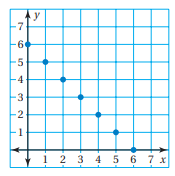
The graph is a series of unconnected points (a scatter plot).
Graph of continuous function :
In the graph of a continuous function, the points are connected with continuous line, since every point has meaning to the original problem.
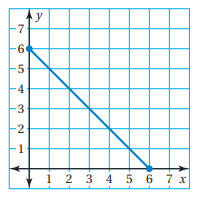
Tell whether the relation is a function.
Identify the following,
i) Domain
ii) Range.
iii) Identity if its discrete or continuous.
Problem 1 :
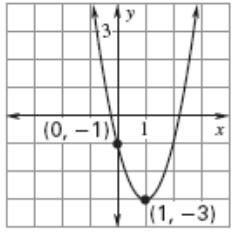
Solution :
Using the vertical line test, the vertical line will intersect the curve at one point. So, it is a function.
Domain :
All real values of x.
Range :
1 ≤ y < ∞
Type of function :
It is continuous function.
Problem 2 :
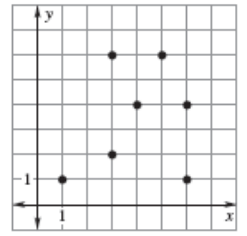
Solution :
By observing the points, input 3 is having more than one output. So, it is not a function.
Writing the points plotted as ordered pair, we get
(1, 1) (3, 2) (3, 6) (4, 4) (5, 6) (6, 1) and (6, 4)
Domain :
{1, 3 ,4, 5, 6}
Range :
{1, 2, 4, 6}
Problem 3 :
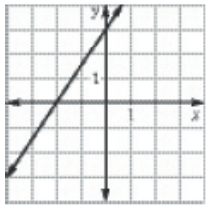
Solution :
Drawing the vertical line, it will intersect the graph maximum at one point. So, it is a function.
Domain :
All real values of x.
Range :
All real value of y.
Type of function :
It is continuous function.
Problem 4 :
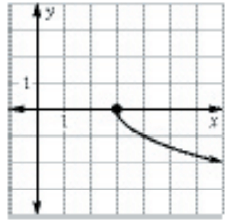
Solution :
Drawing the vertical line, it will intersect the graph maximum at one point. So, it is a function.
Domain :
3 ≤ x < ∞
Range :
0 ≤ y < ∞
Type of function :
It is continuous function.
Problem 5 :
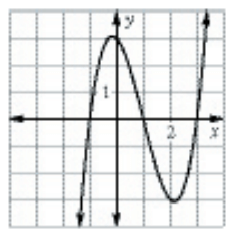
Solution :
Drawing the vertical line, it will intersect the graph maximum at one point. So, it is a function.
Domain :
All real values of x.
Range :
All real values of y.
Type of function :
It is continuous function.
Problem 6 :
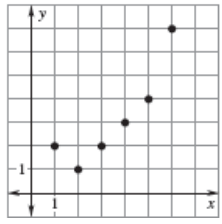
Solution :
By observing the points plotted. Every point is having one output maximum. So, it is a function. By writing points as ordered pairs, we get
{(1, 2) (2, 1) (3, 2) (4, 3)(5, 4) (6, 6)}
Domain :
{1, 2, 3, 4, 5, 6}
Range :
{1, 2, 3, 4, 6}
Type of function :
It is discrete function.
Problem 7 :
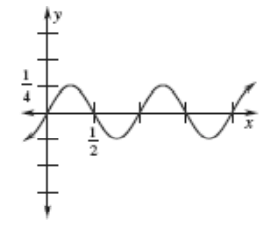
Solution :
Vertical line will intersect the curve at one point maximum. So, it is a function.
Domain :
All real values of x.
Range :
From the graph given it is clear, the minimum and maximum value of y are -1/4 and 1/4 respectively. So, the range is
-1/4 ≤ y ≤ 1/4
Type of function :
It is continuous function.
Problem 8 :
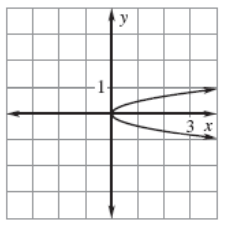
Solution :
Vertical line will intersect the curve at two points. So, it is not a function.
Domain :
0 ≤ x ≤ ∞
Range :
All real value of y.
Problem 9 :
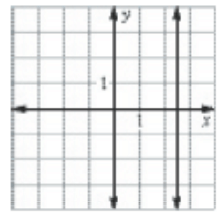
Solution :
The same input is associated with many outputs, it is not a function.
Recent Articles
-
Finding Range of Values Inequality Problems
May 21, 24 08:51 PM
Finding Range of Values Inequality Problems -
Solving Two Step Inequality Word Problems
May 21, 24 08:51 AM
Solving Two Step Inequality Word Problems -
Exponential Function Context and Data Modeling
May 20, 24 10:45 PM
Exponential Function Context and Data Modeling